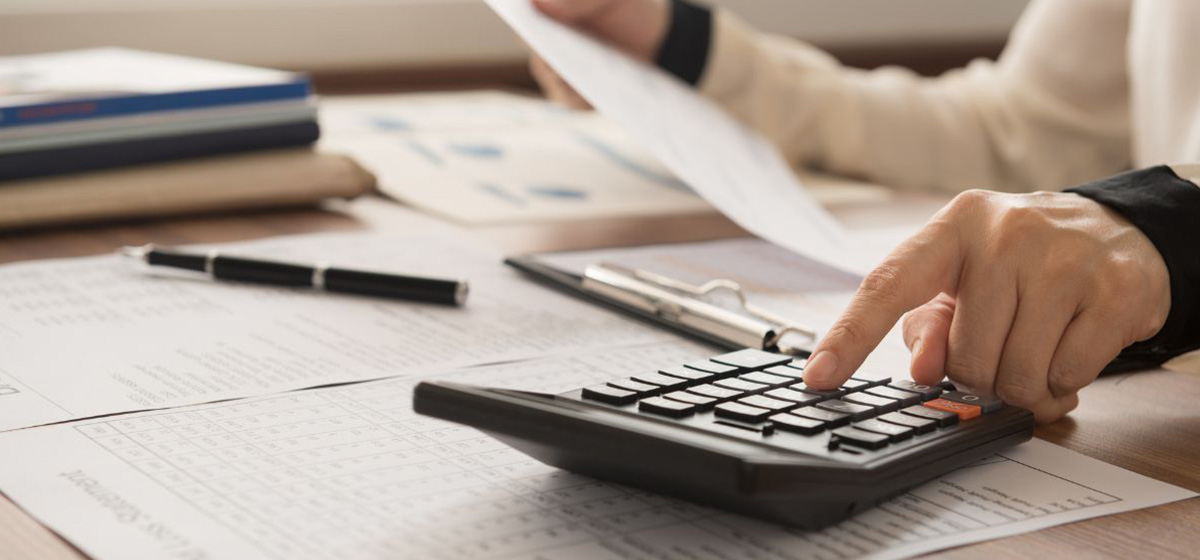Ledger accounts are where companies record their transactions and financial data. Companies’ transactions and financial data are recorded in ledger accounts in accordance with accounting standards. Accounting standards stipulate various kinds of ledger accounts. The various kinds of ledger accounts include five kinds of ledger accounts. The five kinds of ledger accounts are the assets account, the liabilities account, the equity account, the revenue account, and the expense account. The various kinds of ledger accounts can be grouped together in the general ledger account.
What are Ledger Accounts?
Ledger accounts record the transactions in which a company engages over time. The transactions in which a company engages over time are recorded in the ledger accounts. The ledger accounts provide a total sum that is the result of the transactions in which the company has engaged. The total sum that is the result of the transactions in which the company has engaged may be checked. An updated understanding of the company’s financial standing is gained when the total sum resulting from a company’s transactions recorded in the ledger account is checked.
What is the Purpose of Ledger Accounts?
The purpose of ledger accounts is to record the transactions in which a company engages over time. The transactions in which a company engages over time are recorded in the various kinds of ledger accounts. Data taken from the various kinds of ledger accounts is combined into the general ledger account. The data in the general ledger account serves as the basis for the company’s financial statement. The recording of transactions for the production of the financial statement is the purpose of ledger accounts.
What do Ledger Accounts Contain?
The contents of ledger accounts are listed as follows.
- Ledger accounts contain recordings of the transactions in which a company has engaged. The transactions in which companies engage fall into various categories.
- The various categories of the transactions in which companies engage are reflected in the various kinds of ledger accounts. The various kinds of ledger accounts contain data related to the various categories of transactions in which companies engage.
- The data from the various kinds of ledger accounts may be united in the general ledger account. The general ledger account contains the data gleaned from the various ledger accounts.
What are some Examples of Ledger Accounts?
Examples of ledger accounts include the types of ledger accounts. The types of ledger accounts are the five types of ledger accounts. The five types of ledger accounts are the assets account, the liabilities account, the equity account, the revenue account, and the expense account. The assets account, the liabilities account, the equity account, the revenue account, and the expense account all represent the data from a company’s transactions in various fields. The data from the company’s transactions in the various fields represented by the five types of ledger accounts are compiled into the general ledger account.
What are the Types of Ledger Accounts?
The following is a table of three types of ledger accounts.
| Types of Ledger | Definition |
| Sales Ledger | The sales ledger records data from sales transactions. It is also called the revenue account. |
| Purchase Ledger | The purchase ledger records data from purchasing transactions. It is also called the expense account. |
| General Ledger | The general ledger is compiled from the data of all other ledgers. It gives a broad picture of a company’s transactions. |
1. Sales Ledger
The sales ledger is also called the revenue account. The revenue account records the data from transactions in which a company has exchanged a certain good or service for money. The money obtained by the company in exchange for a certain good or service is recorded in the revenue account as a credit. The credit recorded in the revenue account is included in the general ledger. The general ledger is then used as the basis for the production of financial statements.
2. Purchase Ledger
The purchase ledger is also called the expense account. The expense account records the data from transactions in which a company has exchanged money for a certain good or service. The amount of money that the company has paid for a certain good or service is recorded in the expense account as a debit. The debit recorded in the expense account is included in the general ledger. The general ledger is then used as the basis for the production of financial statements.
3. General Ledger
The general ledger includes the data from all of a company’s particular ledgers. The company’s particular ledgers include data related to assets, expenses, liabilities, revenue, and equity. The data related to assets, expenses, liabilities, revenue, and equity that are included in the particular ledgers are compiled into the general ledger. The data compiled into the general ledgers are used to produce the company’s financial statements. The company’s financial statements are used to gauge the company’s financial health. See the related article What is a General Ledger?
What is the Ledger Account Format?
The ledger account format is the approach taken by accountants to laying out the ledger account. The approach taken by accountants to laying out the ledger account includes several elements. The several elements included in the approach taken by accountants to laying out the ledger account include the name of the company, the name of the particular ledger, the date, and the descriptions of transactions. The descriptions of transactions include several elements. The several elements included in the descriptions of transactions are elements like written explanations of the transactions, whether the transaction is a debit or credit, and the monetary amount of debit or credit. Other details are included in particular kinds of ledger accounts. The other details included in particular kinds of ledger accounts differ from one kind of ledger account to the next.
How to Create a Ledger Account?
The following list shows how to create a ledger account.
- Make a table in your accounting software.
- Enter the name of the business and the name of the ledger in the top two lines of the table.
- Add headings for the date, description, DR or CR, the account name, debit amount in dollars, and credit amount in dollars.
- Enter the company’s transactions in their appropriate places.
How should Ledger Accounts be Arranged?
Ledger accounts should be arranged according to the type of ledger account. The type of ledger account being used will determine the exact headings under which information will be entered. Ledger accounts should be arranged according to the various elements of transactions, also. The various elements of the transactions included in the ledger account are debits, credits, and descriptions of transactions, for example. The debits, credits, and descriptions of transactions that make up the elements of the particular ledger accounts will be included in the general ledger account. The general ledger account is used to prepare the financial statement.
What is the Difference between Journal and Ledger?
The difference between a journal and a ledger is that the journal serves as notes for the ledger. Transactions are recorded in the journal as they happen. The transactions recorded in the journal are then transferred to the ledger. The ledger is used to organize the transactions recorded in the journal in more detail. The details of the ledger allow for the transactions in the journal to be referred to their proper categories. The categories of the various kinds of ledgers give greater precision to the rough notes written down in the journal from day to day.



